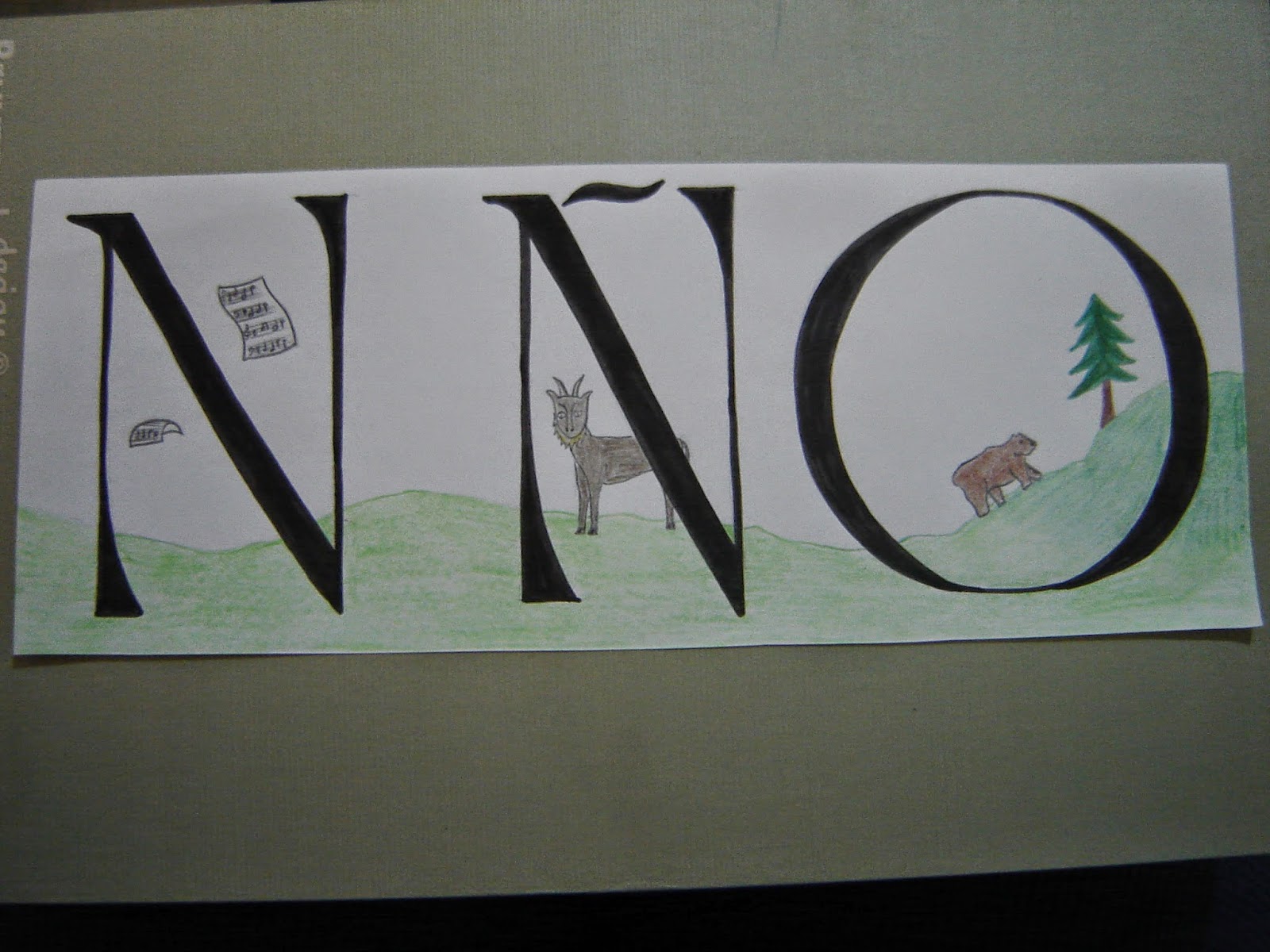This afternoon, after coloring and playing with kids for an
hour and a half, I was relaxing in my room, when my host sister knocked on my
door, asking if I had any cream for bee stings.
For who, I asked. For Alin, the
boy across the street. No I didn’t have
any cream, but I did have some aloe vera that I bought for sunburns, maybe that
would help.
So together we walked across the street and up the mud lane
to the neighbor’s house. Nicoll had told
me that Alin was swollen from the sting, but swollen doesn’t even begin to
describe what he was. I could barely
recognize him. His hand, where he’d been
stung, was a swollen fist, his eyes were swollen to slits, his ears looked like
a toddler had tried to model them out of play-doh, and he was crying in short
breaths. I asked where he’d been stung
and he said only his hand. Which made me
slightly more concerned that his face looked like it had taken the brunt of the
attack. Was he having trouble
breathing? Yes, he nodded. His brothers were sitting on either side of
him, and his mom walked into the room.
“I think you need to take him to the health post,” I said, “he’s
having an allergic reaction.”
“Ah si,” she said, with no sign of understanding that this
wasn’t really a suggestion.
“I think you should take him now so they can give him a
shot.”
“Si, si,” with still no movement seen.
“I’ll go with you. We
should leave now.” And with that I
picked Alin up and we started to walk to the health post.
Everyone we past asked who I was carrying. People who had known him since birth couldn’t
recognize him past the swelling. As I
carried him, because I figured he should save his breathing for less strenuous
activities, I called the doctor. No
answer. I called the head of the health
post, he was in Huaraz. I called the
midwife, no answer. I called the nurse
and finally someone answered. She was at
the health post and I warned her that I was bringing a kid who was having an
allergic reaction to a bee sting.
We got to the health post and with a Peruvian display of
hurry (meaning not as fast as I wanted them to be, but still faster than they
normally are) they got the shot ready.
At this point it was still just me and Alin, as his mother had gone to
get her insurance card and wasn’t there yet.
She arrived just as we were getting Alin on his belly to inject him in
his butt. She held his legs, I held his
shoulders, and we were all shocked to see the hives covering his backside.
Once the shot was given, the sense of urgency left the
room. The first thing she said to him
was, “I told you not to go play in the park! You shouldn’t have disobeyed
me!” For the next twenty minutes various
people stood around him discussing what had happened. Blame was placed on Alin, on his brothers,
on his mother. Never maliciously, more
simply as a way to discuss what had happened.
I’m the only one who placed the blame squarely on the bees.
I really hated Perú right then. Because if I had been five and been stung by
a bee, stung so badly that I had to get a shot to stop the reaction, I would
have been on my mother’s lap. She would
have held me and told me it was going to be all right. She would have stroked my hair. I would have been in a hospital or clinic
that had a room for children, and there would have been blankets and water for
me. There were none for him. The nurse and/or doctor would have explained
to my parents what had happened. They
would have explained that, if you’re allergic, bee stings get more dangerous
each time you’re stung. I would have been
given an epipen and my parents taught how to use it. He was given none. He probably won’t ever get one, because his
family is poor, and it’ll cost money.
Money that his father uses to buy beer.
Beer that he drinks until he’s drunk.
So drunk that he beats his wife and threatens to burn the house
down.
My life is very different from his. It was when I was his age, and it will be
when he’s my age now. After the shot was
given, and we were all standing around, one of the nurse techs said, “Keisi was
more scared than he was,” and his mother said “you care about him a lot.” I couldn’t say this in Spanish and probably
wouldn’t have, but what I wanted to say was, “Yes, I was probably the most
scared out of anyone, and that’s wrong.
Everyone should have been scared that a five-year-old was having trouble
breathing. You should all be scared, as
health professionals and as people, that his mother’s first reaction was to put
cold water on his face and not take to the health post. And yes I care about Alin. But I would have done the exact same thing
for any child here in Huantar. Not
because I know them all, or even like them all, but because he needed my help
and I could give it. Screw you all.”
I think with time, Alin’s swelling would have gone down
without the shot. It had been about
twenty minutes since the sting when I got there, probably half an hour before
he got the shot. But next time it might
not, and hopefully next time, and there will be a next time, his family knows
to take him to the health post. I hope
they do, for everyone’s sake.
Besos.
















